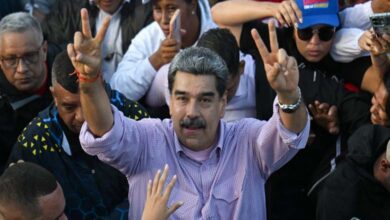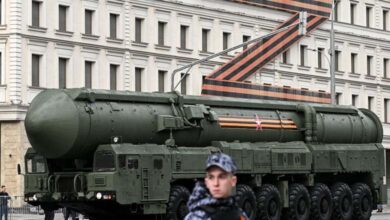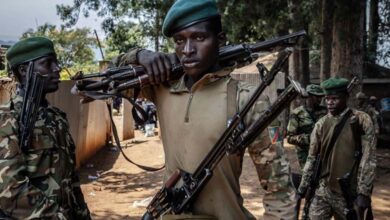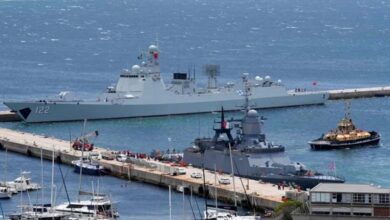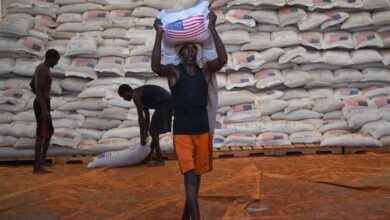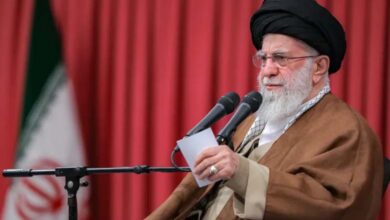20 Minutes and a Weapon Hidden in a Shoe… the Story of the First Plane Hijacking in History
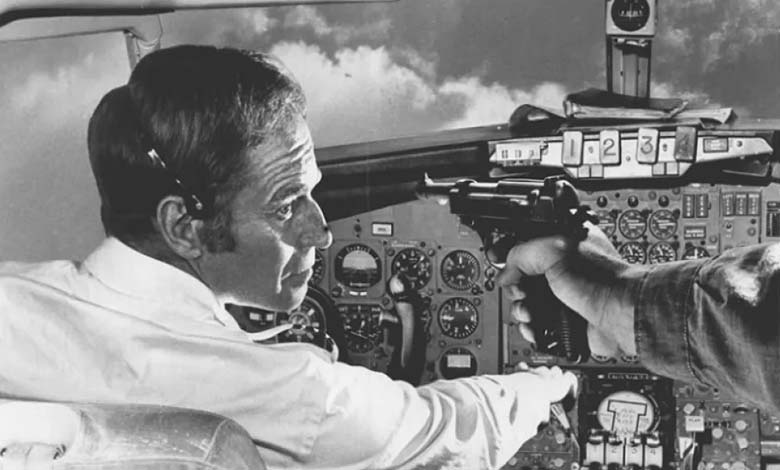
Although the flight lasted only 20 minutes, it is recorded as the world’s first airplane hijacking.
The flying boat known as “Miss Macau” carried wealthy tourists between Hong Kong and Portuguese-controlled Macau from 1948 to 1961. It was nicknamed the “cigarette flight” because its duration was roughly the time needed to smoke a cigarette—a practice allowed on board at the time, according to CNN.
-
Air Force Two: Discover the Plane of America’s Second-in-Command
-
First direct flight from Israel lands in Doha
Dan Borat, a history professor at the Hebrew University of Jerusalem, noted that boarding the plane was like taking a bus: passengers could pay for tickets upon boarding, without advance reservation.
Macau Air Transport Company, now defunct and formerly part of Cathay Pacific, operated two Catalina seaplanes. Since Macau lacked an airport or runway, these aircraft took off from water directly.
Flying was a popular option for traveling businessmen, especially those transporting gold, as Macau was the only open gold market in East Asia at the time.
-
Yemen – Second plane carrying released Houthi prisoners arrives in Aden
-
Arab coalition announces departure of first Houthi prisoner transport aircraft to Yemen
On July 16, 1948, the Miss Macau never landed at Kai Tak Airport in Hong Kong, leading local police to investigate the waters between the two cities.
The sole survivor, 24-year-old Chinese rice farmer Wong Yu, was rescued by a fisherman and taken to a hospital in Macau. Multiple news reports at the time noted that one of his legs was broken and he was wearing a life vest.
He claimed that the plane exploded mid-air, but inconsistencies in his account and suspicious behavior—including an attempted escape—led authorities and the press to suspect a different scenario: the Miss Macau had been seized by “air pirates”, a phenomenon the China Mail, an English-language newspaper in Hong Kong, described as “unprecedented in aviation history.”
-
UAE first to own French-made Rafale fighter jets
-
Afghan authorities prevented a Qatari plane from taking off due to some security breaches
On board were two pilots—American Del Kramer and Australian Ken MacDough—both former military aviators, and 27 passengers, including a Portuguese flight attendant, Delka da Costa, who was also MacDough’s friend.
However, four of the passengers, including Wong and three friends, had no intention of going to Hong Kong. Wong later confessed that the four had sold everything they owned to buy tickets, planning to commit theft aboard the flight.
Historian Luís Andrade de Sá, in his book Aviation in Macau: 100 Years of Adventure, recounts that shortly after takeoff from Macau, the four hijackers made their move: one stormed the cockpit and demanded the pilots hand over control.
-
Submarines, Missiles, and Fighters: A Comparison of Strategic Weapons between China and the United States
-
Marilyn Monroe and the Red Diary: Was She Killed Because of Kennedy Secrets?
The ringleader, Chiu Tok—trained in Manila—intended to pilot the plane once the cockpit was theirs. He did not expect Kramer to resist or other passengers to intervene. During the scuffle, a gunshot rang out, MacDough struck Tok, and the hijackers shot both pilots. Kramer fell onto the controls and the aircraft plunged into the South China Sea.
In August 1948, Time magazine reported the four hijackers “looked greedily” at their wealthy victims.
A local boat retrieved Wong, who recovered from his injuries. His claim of an onboard explosion was contradicted when parts of Miss Macau riddled with bullet holes were found.
-
Robot Dogs and Legendary Aircraft: America Celebrates Its Army in Trump’s Style
-
Make Sure the Door Is Closed… Trump Gives Macron Marriage Advice After Slap Video
Wong was physically and psychologically distressed, and police opted for discreet interrogation: they filled the hospital with plainclothes officers pretending to be patients. Eventually, Wong admitted that the hijackers planned to divert the plane to a Guangdong city, steal passengers’ belongings, and demand ransom.
The term “hijacking” did not yet exist, and the incident was called “air piracy” in the press. Passenger screening with metal detectors would only appear decades later.
The hijackers had tied their guns to their legs with thin strings, and China Mail reported one of them hid bullets in a hollow shoe sole.
-
The Lost Paths of Destiny: The Memory of Nazism Reveals a Secret from Decades Ago
-
Balloon Warfare: The Soviets’ Hidden War against the Ghosts of the Sky
Though Wong eventually shared the full story, ambiguity remains about how he was to be tried and under which jurisdiction.
Portuguese authorities in Macau believed the plane, being British-owned, should be tried in Hong Kong; British authorities, noting the hijackers were Chinese, deemed it outside their jurisdiction.
In 1951, Wong was deported to mainland China and died soon after, aged 27, never tried for theft, murder, or piracy.
This incident aboard the Miss Macau can be considered the first known aircraft hijacking—a moment that would forever change air travel practices.


